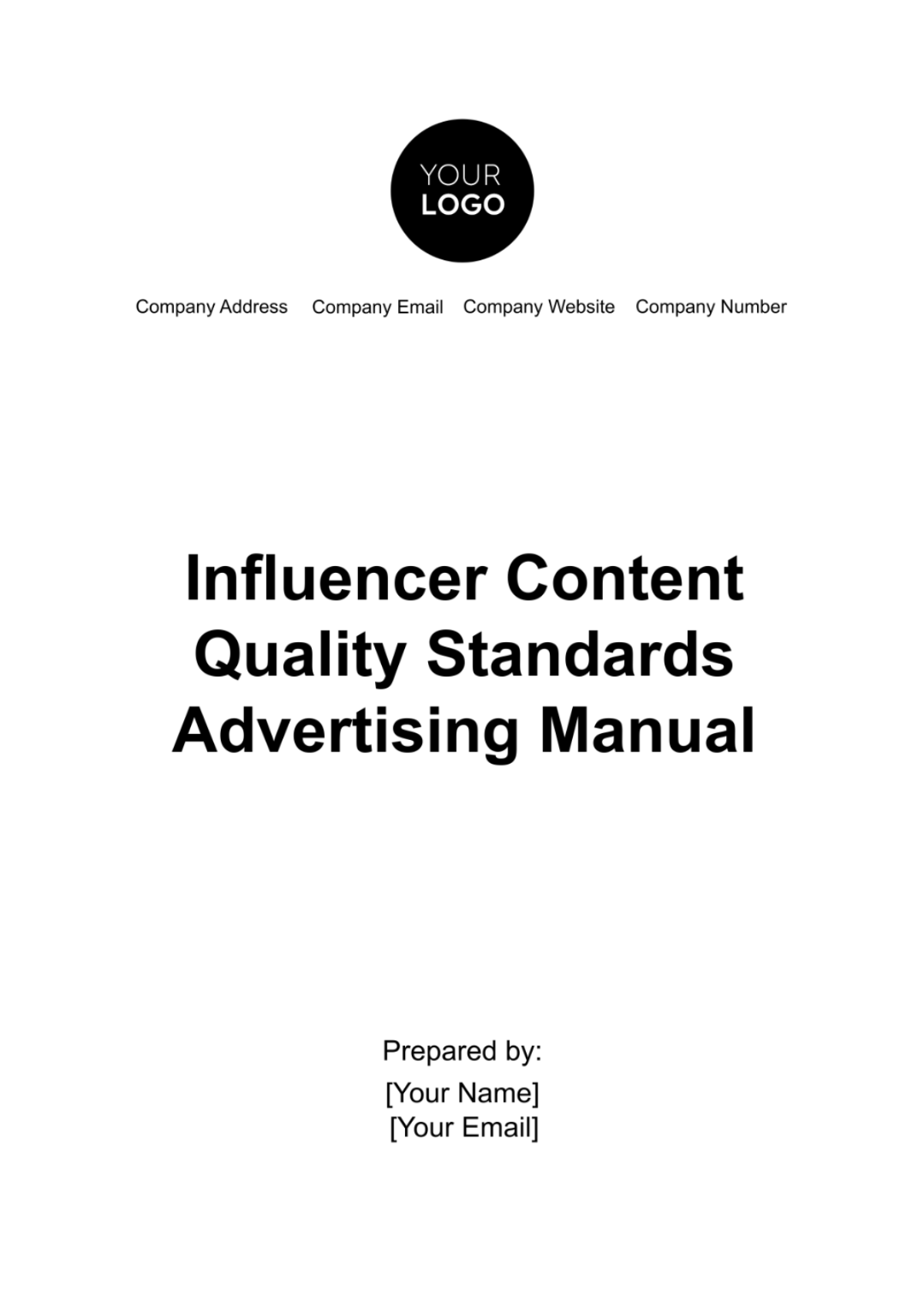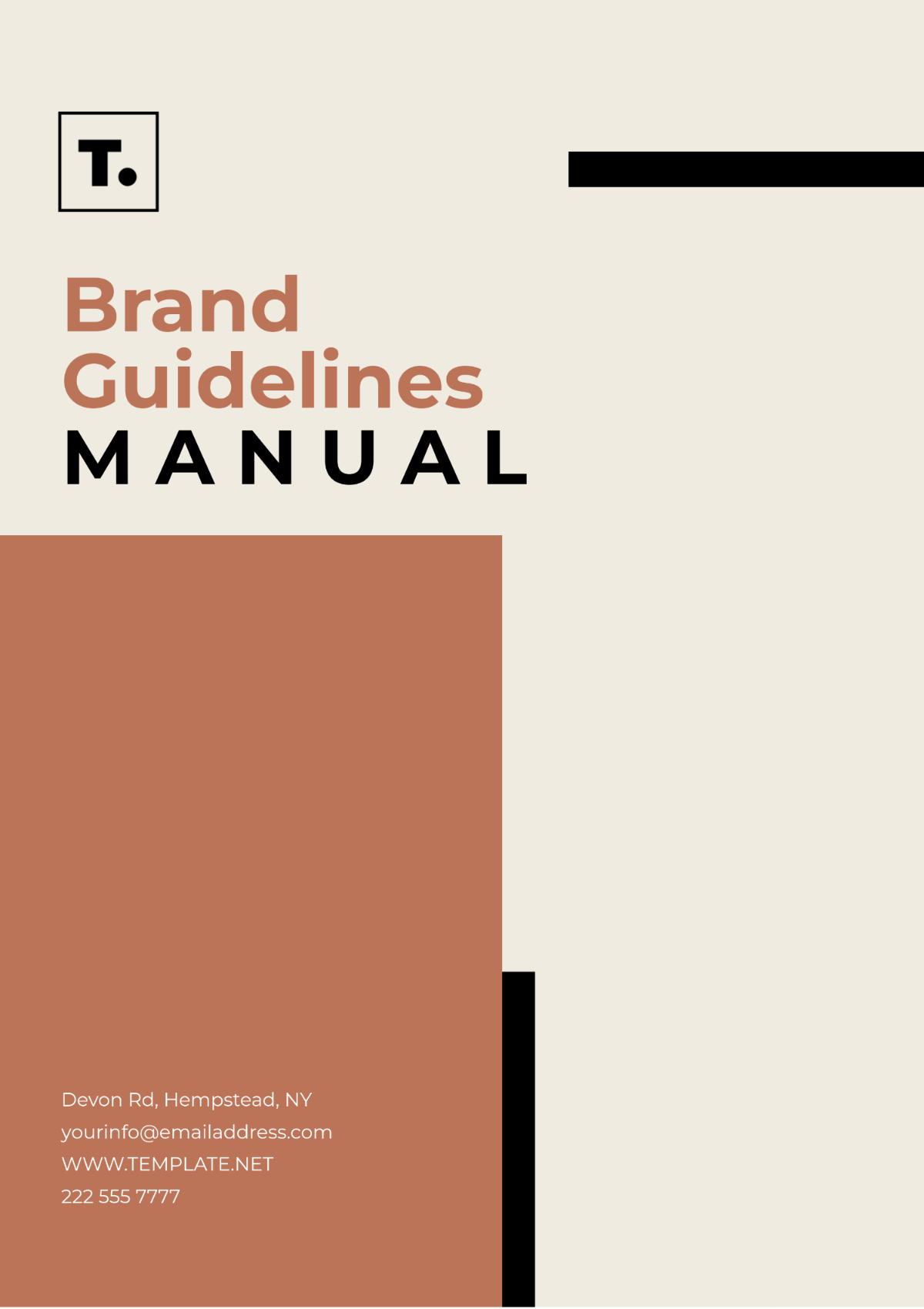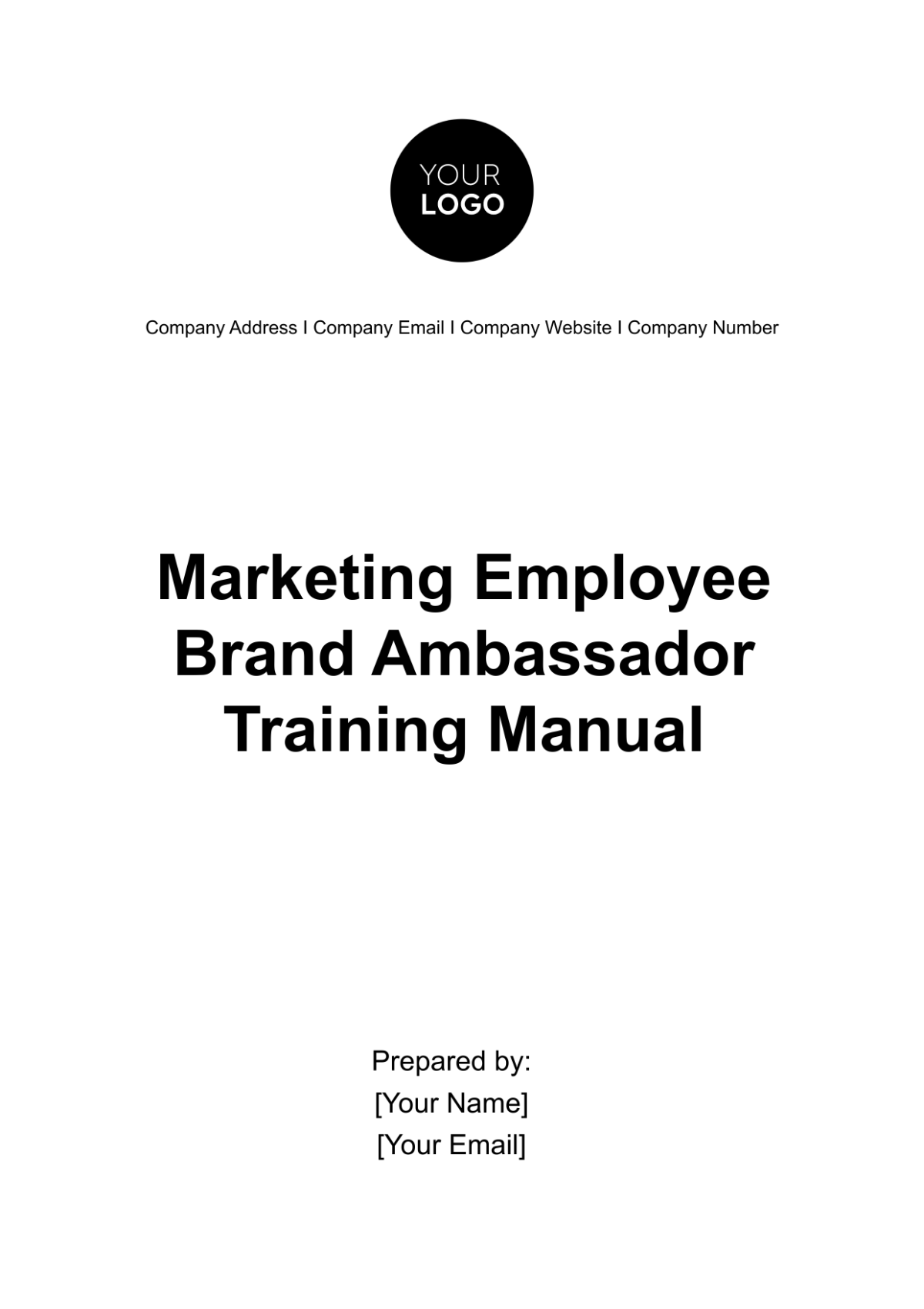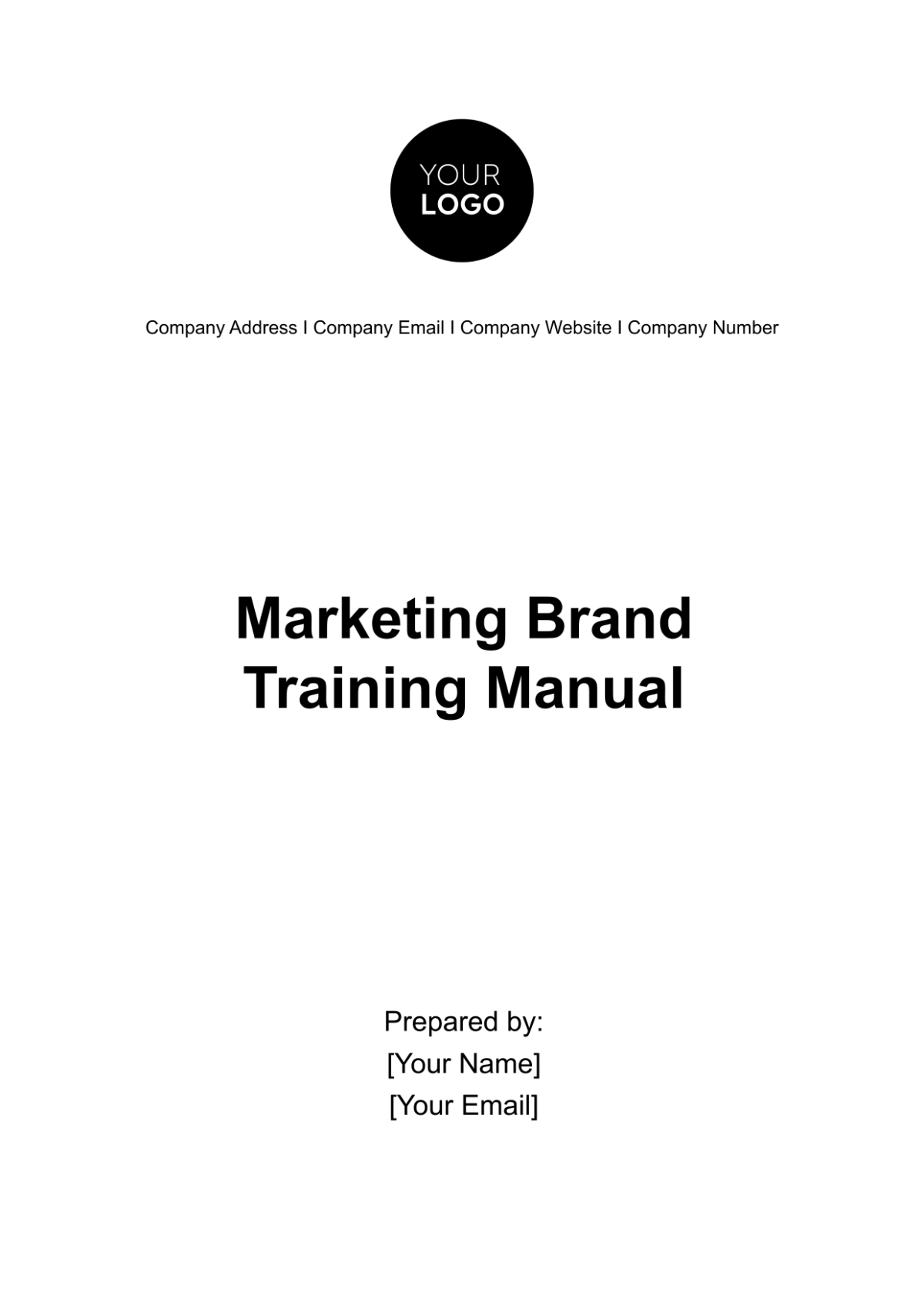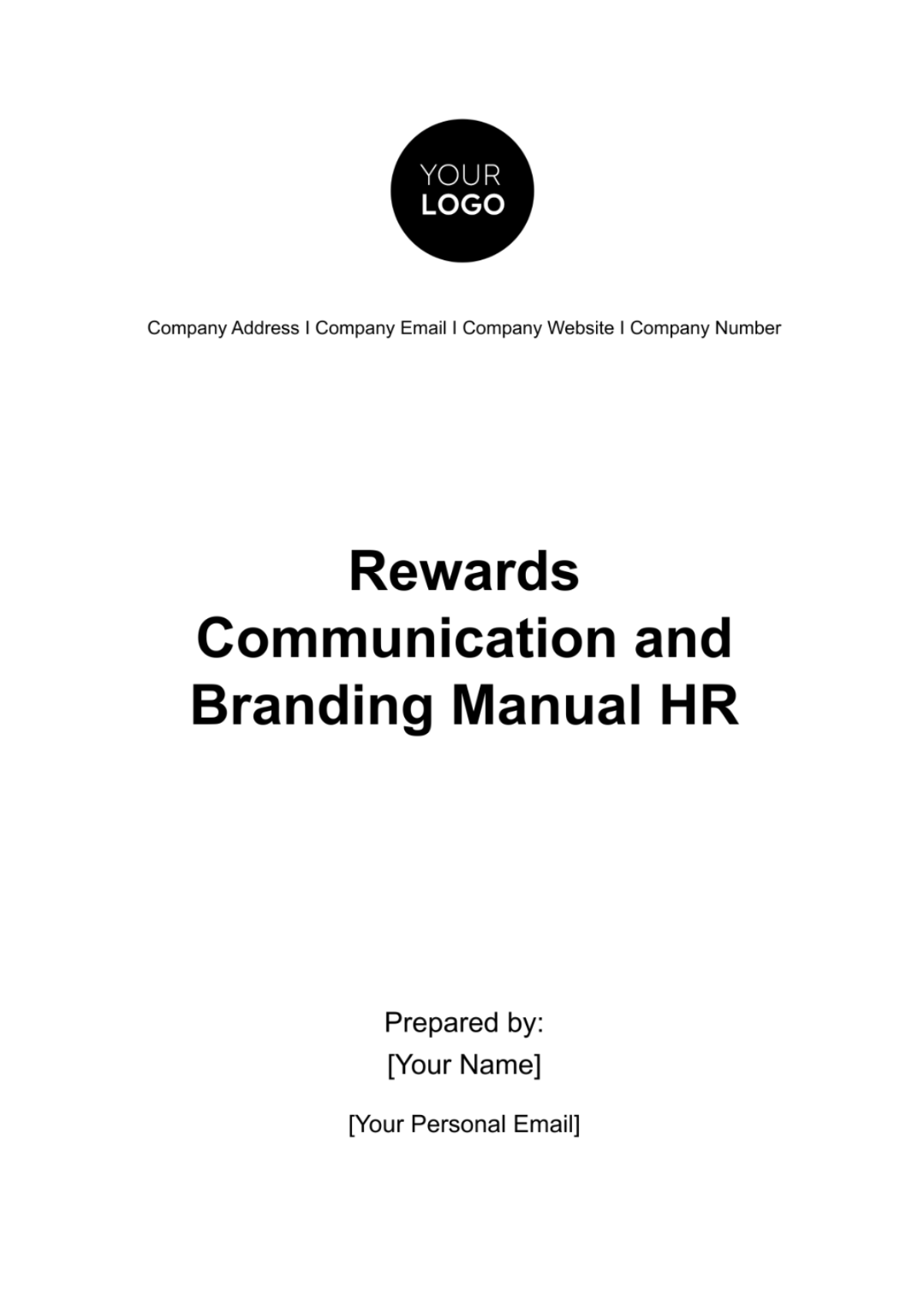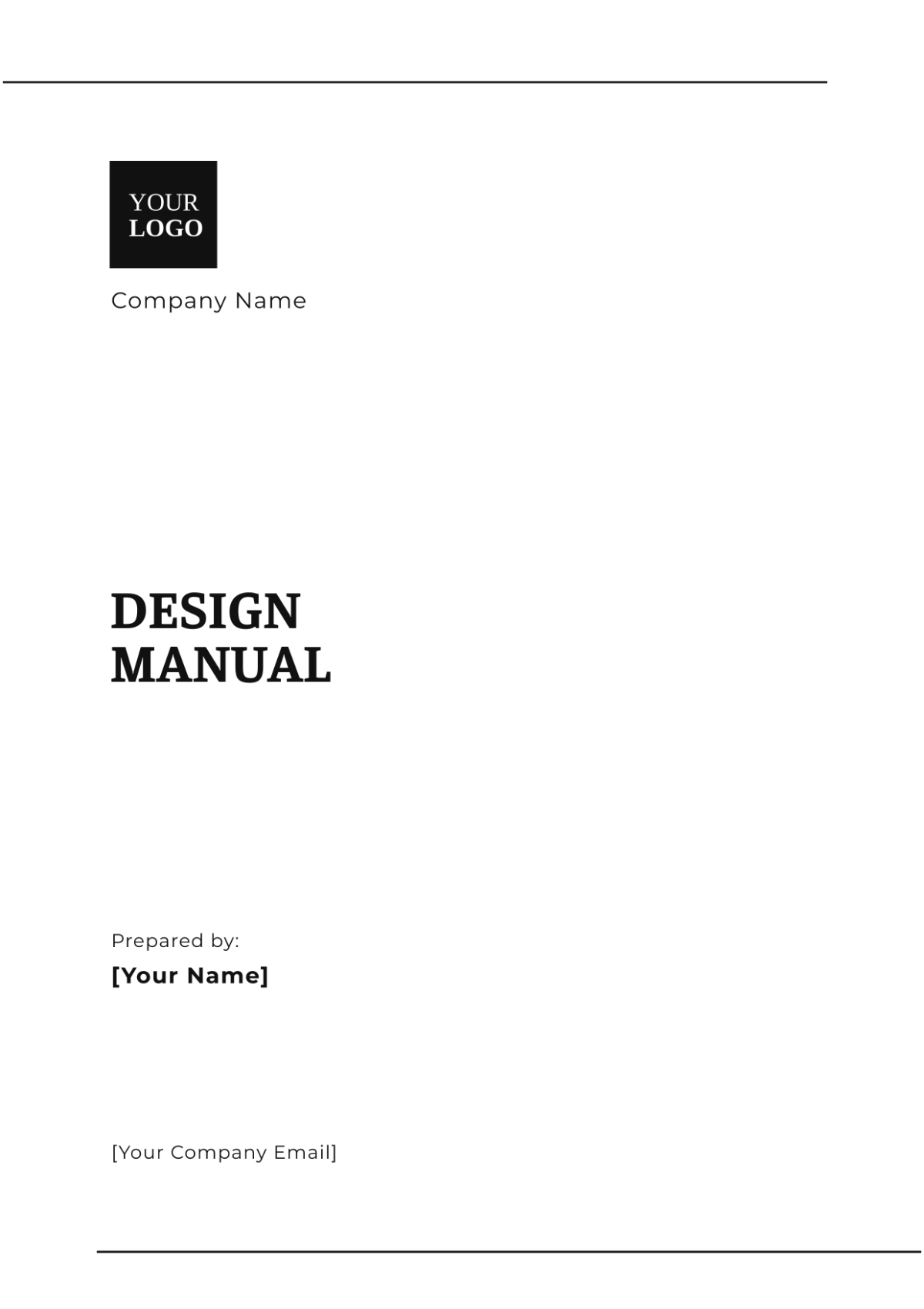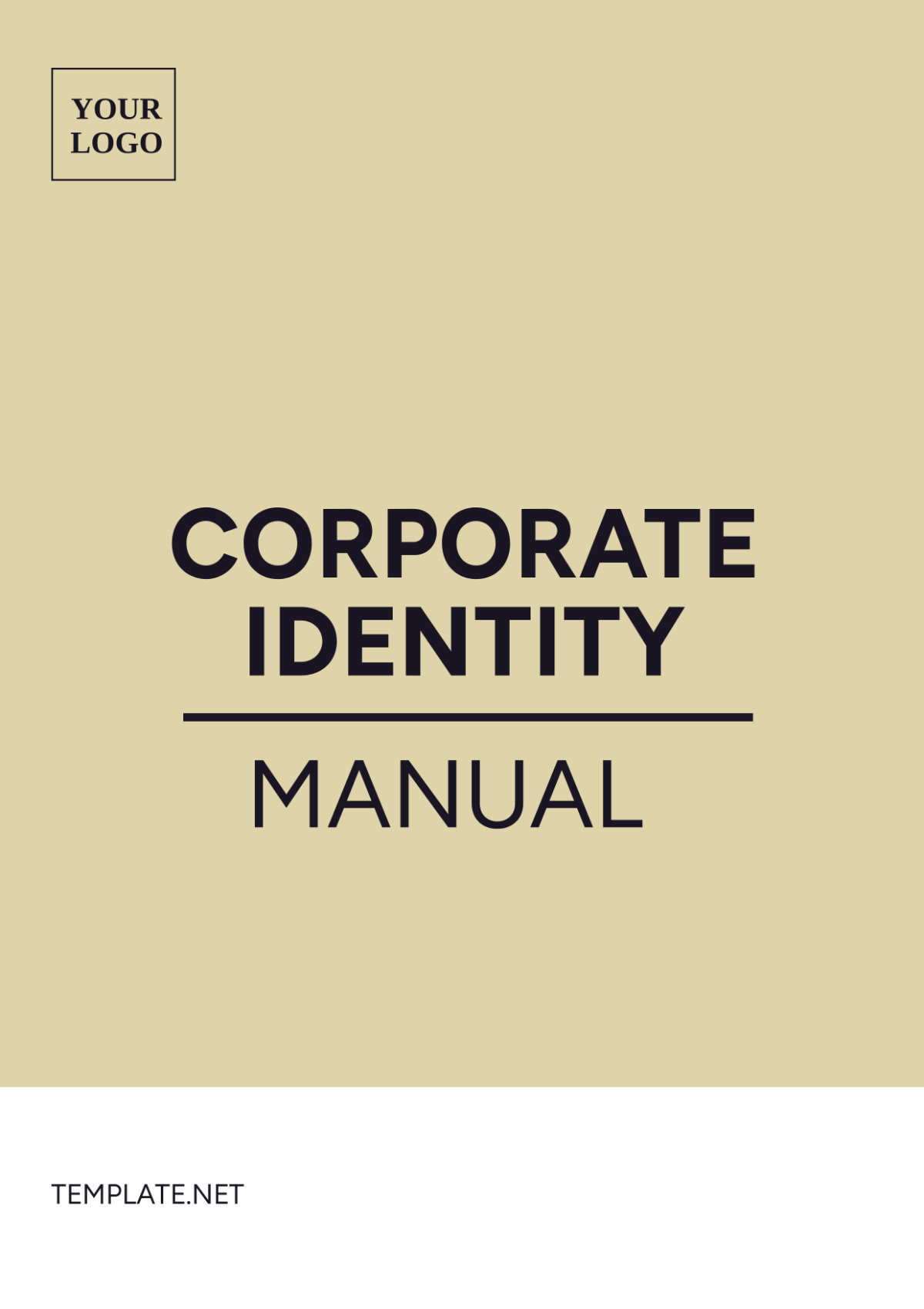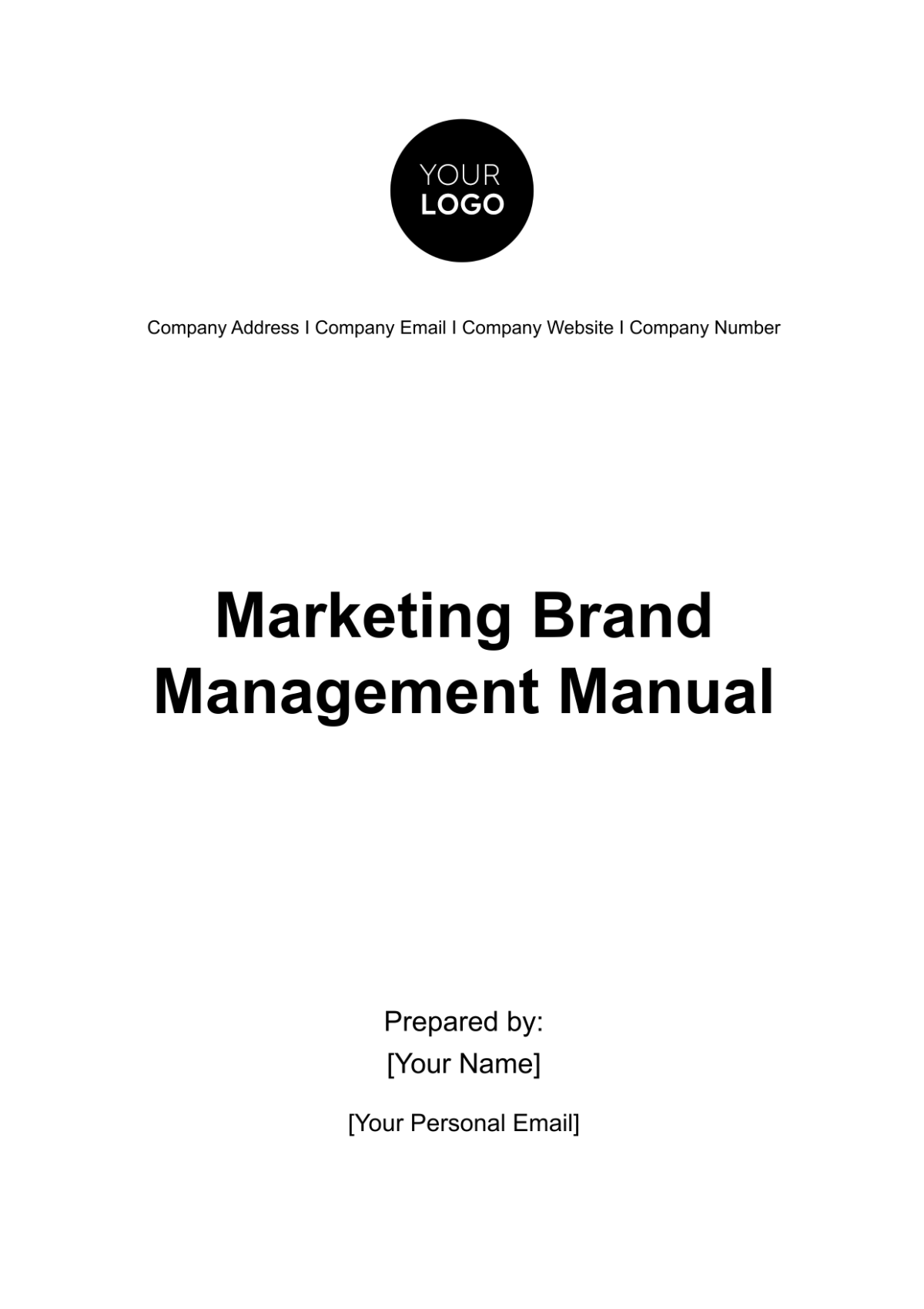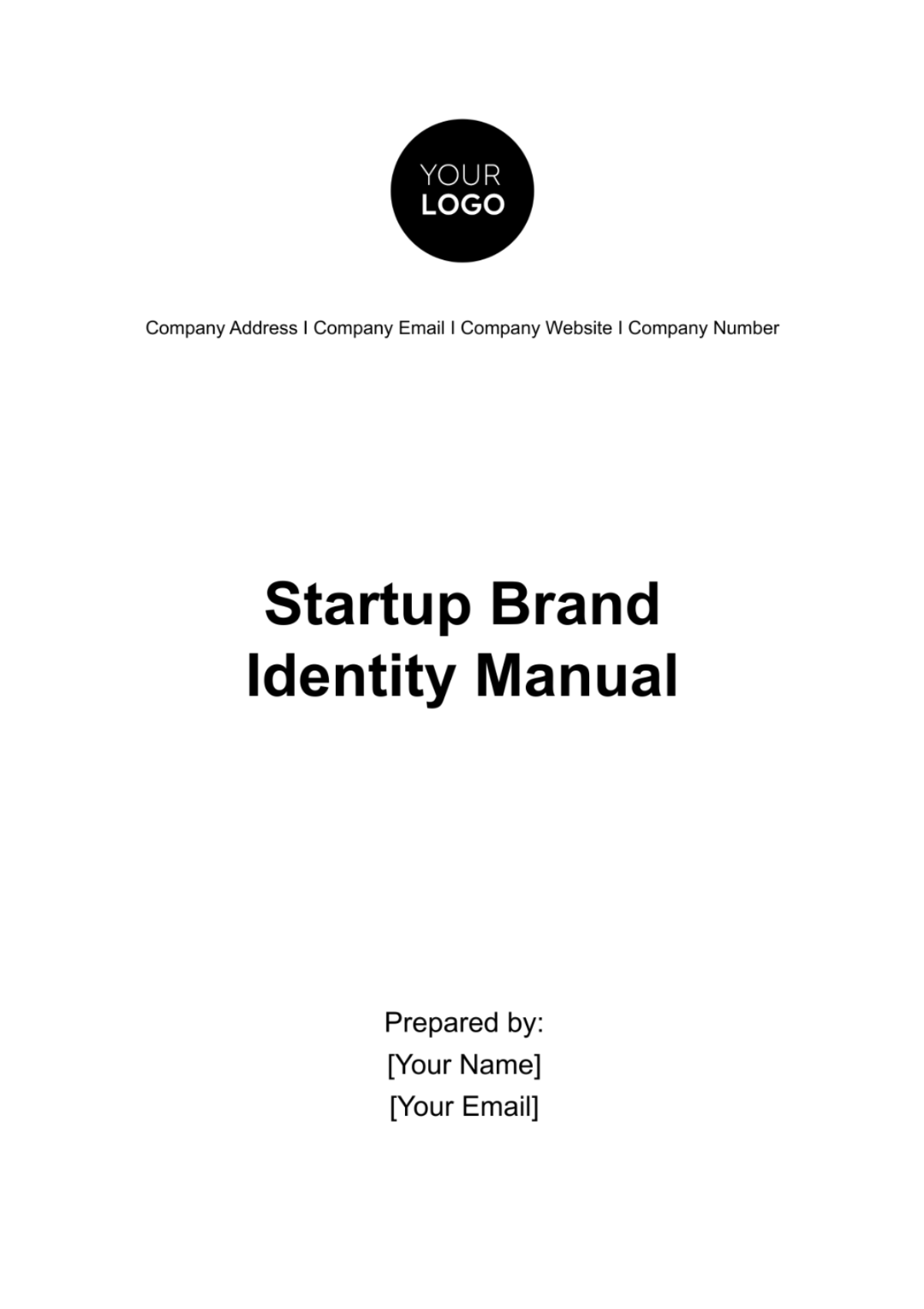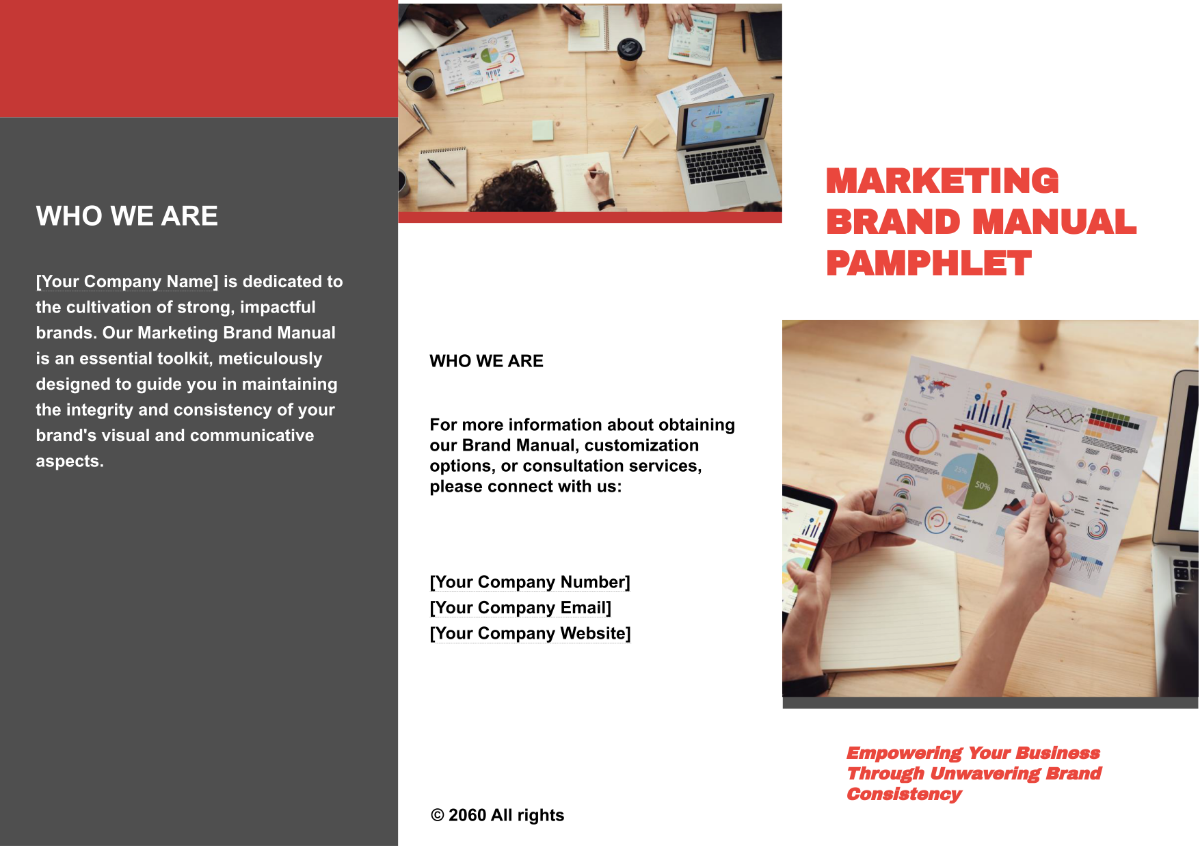Rewards Communication and Branding Manual HR
Introduction
This manual serves as a comprehensive guide for effectively communicating and branding our rewards programs. At our organization, we recognize the importance of clear and consistent communication in reinforcing the value of our rewards offerings and engaging employees. By establishing a strong rewards brand identity and implementing effective communication strategies, we aim to enhance employee understanding, appreciation, and participation in our rewards programs.
Understanding Rewards Communication
Effective rewards communication is essential for informing, engaging, and motivating employees to participate in our rewards programs. It involves the strategic dissemination of information about our rewards offerings, including incentives, recognition, and benefits, to employees in a clear, compelling, and accessible manner. Rewards communication plays a crucial role in building awareness, generating excitement, and reinforcing the value of rewards programs among employees.
Key aspects of understanding rewards communication include:
Clear Communication Objectives: Define clear objectives for rewards communication, such as increasing employee awareness of rewards programs, encouraging participation, and reinforcing organizational values and culture.
Audience Segmentation: Understand the diverse needs, preferences, and interests of our employee population and tailor communication messages and channels accordingly.
Consistent Messaging: Ensure consistency in messaging across all communication channels to reinforce key messages and brand identity.
Timely and Relevant Information: Provide timely and relevant information about rewards programs, including updates, changes, and upcoming events, to keep employees informed and engaged.
Two-Way Communication: Foster a culture of open communication and feedback by providing opportunities for employees to ask questions, share feedback, and contribute ideas related to rewards programs.
Branding in Rewards Programs
In the context of rewards programs, branding refers to the development and maintenance of a distinct and consistent identity for our rewards offerings. A strong rewards brand identity reinforces our organization's values, culture, and objectives, and creates a sense of connection and loyalty among employees. To establish a compelling rewards brand identity, we follow these guidelines:
Define Brand Values: Clearly articulate the values and principles that our rewards programs represent, such as fairness, recognition, and appreciation.
Create a Visual Identity: Develop visual elements, including logos, colors, and design elements, that reflect our rewards brand identity and are consistent with our overall organizational branding.
Maintain Consistency: Ensure consistency in branding across all communication materials and channels to reinforce our rewards brand identity and enhance recognition among employees.
Align with Organizational Values: Ensure that our rewards brand identity aligns with our organization's broader values, mission, and strategic objectives to reinforce a cohesive organizational identity.
Engage Employees: Involve employees in the development and evolution of our rewards brand identity to foster ownership, engagement, and alignment with organizational goals.
Communication Channels and Strategies
Effective communication channels and strategies are essential for reaching and engaging employees with our rewards programs. We utilize a variety of communication channels and strategies to ensure that information about rewards programs is accessible, informative, and engaging. Our communication channels and strategies include:
Email Communication: Utilize email newsletters, updates, and announcements to provide regular updates and information about rewards programs directly to employees' inboxes.
Intranet and Employee Portal: Maintain a dedicated section on our intranet or employee portal to provide comprehensive information, resources, and updates about rewards programs.
Meetings and Town Halls: Incorporate information about rewards programs into team meetings, departmental meetings, and company-wide town halls to ensure that employees receive information in person and have the opportunity to ask questions and provide feedback.
Digital Signage: Utilize digital signage in common areas such as break rooms and lobbies to display information, announcements, and recognition messages related to rewards programs.
Social Media: Leverage social media platforms such as LinkedIn, Twitter, and Facebook to share updates, success stories, and recognition messages related to rewards programs and engage employees in discussions and conversations.
Print Materials: Create printed materials such as posters, flyers, and brochures to promote and reinforce key messages about rewards programs in physical locations throughout the organization.
Manager Communication: Equip managers with the information and resources they need to effectively communicate with their teams about rewards programs and recognize employees for their contributions.
Designing Visual Assets
Visual assets play a crucial role in reinforcing our rewards brand identity and communicating key messages about our rewards programs effectively. Whether it's a logo, poster, or digital banner, well-designed visual assets can capture employees' attention, evoke emotions, and reinforce the value of rewards programs. When designing visual assets for our rewards programs, we adhere to the following guidelines:
Consistent Branding: Ensure that visual assets align with our rewards brand identity, including logos, colors, fonts, and design elements, to maintain consistency and reinforce recognition among employees.
Clarity and Simplicity: Keep visual assets clear, simple, and easy to understand to ensure that key messages about rewards programs are communicated effectively and without confusion.
Highlight Key Information: Prioritize key information such as program names, benefits, eligibility criteria, and deadlines to ensure that employees understand the purpose and value of rewards programs at a glance.
Engaging Visual Elements: Incorporate engaging visual elements such as images, illustrations, and graphics that resonate with employees and evoke positive emotions related to recognition and rewards.
Accessibility: Ensure that visual assets are accessible to all employees, including those with disabilities, by adhering to accessibility standards for color contrast, font size, and alternative text for images.
Adaptability: Design visual assets in formats and sizes that are suitable for various communication channels and platforms, including digital and print materials, to ensure maximum reach and impact.
Feedback and Iteration: Seek feedback from employees and stakeholders on visual assets to identify areas for improvement and refinement, and iterate on designs accordingly to ensure effectiveness and relevance.
Crafting Compelling Messages
Crafting compelling messages is essential for effectively communicating the value and benefits of our rewards programs to employees. Compelling messages capture employees' attention, resonate with their interests and motivations, and inspire action. When crafting messages about our rewards programs, we adhere to the following tips:
Focus on Benefits: Highlight the tangible and intangible benefits of rewards programs, such as recognition, appreciation, career advancement opportunities, and personal development.
Use Clear and Concise Language: Keep messages clear, concise, and easy to understand to ensure that employees grasp key information quickly and without confusion.
Create a Sense of Urgency: Use language that creates a sense of urgency and motivates employees to take action, such as deadlines for enrollment or limited-time offers.
Personalize Messages: Tailor messages to resonate with employees' interests, preferences, and aspirations, and address their specific needs and concerns.
Provide Examples and Success Stories: Use real-life examples and success stories to illustrate the impact of rewards programs on employee recognition, motivation, and satisfaction.
Include Calls to Action: Clearly articulate calls to action that prompt employees to engage with rewards programs, such as signing up, participating in activities, or providing feedback.
Be Authentic and Genuine: Use authentic and genuine language that reflects our organization's values, culture, and commitment to employee recognition and appreciation.
Engaging Employees
Engaging employees in rewards programs is essential for fostering excitement, participation, and ownership. Engaged employees are more likely to take advantage of rewards offerings, actively contribute to program success, and advocate for their peers' participation. To engage employees in our rewards programs, we implement the following strategies:
Communicate Regularly: Provide regular updates, reminders, and announcements about rewards programs through various communication channels to keep employees informed and engaged.
Celebrate Successes: Recognize and celebrate employee achievements, milestones, and contributions publicly to reinforce the value of rewards programs and inspire others to participate.
Solicit Feedback: Encourage employees to provide feedback, suggestions, and ideas for improving rewards programs and incorporate their input into program design and implementation.
Offer Incentives and Rewards: Incentivize employee participation in rewards programs by offering rewards, incentives, and recognition for active engagement, such as referral bonuses or participation prizes.
Promote Peer Recognition: Empower employees to recognize and appreciate their colleagues' contributions through peer-to-peer recognition programs, fostering a culture of appreciation and support.
Provide Training and Resources: Equip employees with the knowledge, skills, and resources they need to understand and participate in rewards programs effectively through training sessions, workshops, and educational materials.
Create Opportunities for Participation: Offer a variety of opportunities for employees to participate in rewards programs, such as contests, challenges, and volunteer activities, to accommodate diverse interests and preferences.
Training and Development
Training and development play a crucial role in equipping managers and HR professionals with the knowledge, skills, and resources they need to effectively communicate and administer our rewards programs. By investing in training and development initiatives, we ensure that our employees are well-prepared to engage with rewards programs and support their successful implementation. Our training and development efforts include:
Training Program | Description |
Rewards Communication Workshop | A workshop designed to provide managers and HR professionals with strategies and best practices for effectively communicating rewards programs to employees. |
Manager Training on Rewards Programs | Training sessions tailored for managers to familiarize them with the details, benefits, and objectives of rewards programs and empower them to effectively communicate and administer rewards within their teams. |
HR Professional Development Seminars | Seminars and webinars focused on enhancing HR professionals' knowledge and skills in rewards program design, implementation, and evaluation, and keeping them updated on emerging trends and best practices in rewards management. |
Measurement and Evaluation
Measurement and evaluation are essential for assessing the effectiveness and impact of our rewards communication efforts and ensuring continuous improvement. By monitoring key performance indicators (KPIs) and gathering feedback from employees, we can identify areas of success and opportunities for enhancement in our rewards programs. Our measurement and evaluation efforts include:
Metric | Description |
Employee Engagement | Measurement of employee engagement levels before and after the implementation of rewards programs to assess the impact on employee morale and satisfaction. |
Participation Rates | Tracking participation rates in rewards programs, such as enrollment rates, completion rates for activities, and utilization rates for rewards, to evaluate program effectiveness and employee engagement. |
Feedback and Surveys | Conducting regular surveys and feedback sessions to gather insights from employees about their perceptions, experiences, and satisfaction with rewards programs, and using this feedback to inform program enhancements. |
Performance Metrics | Monitoring performance metrics such as employee retention, productivity, and performance ratings to assess the impact of rewards programs on organizational outcomes. |


